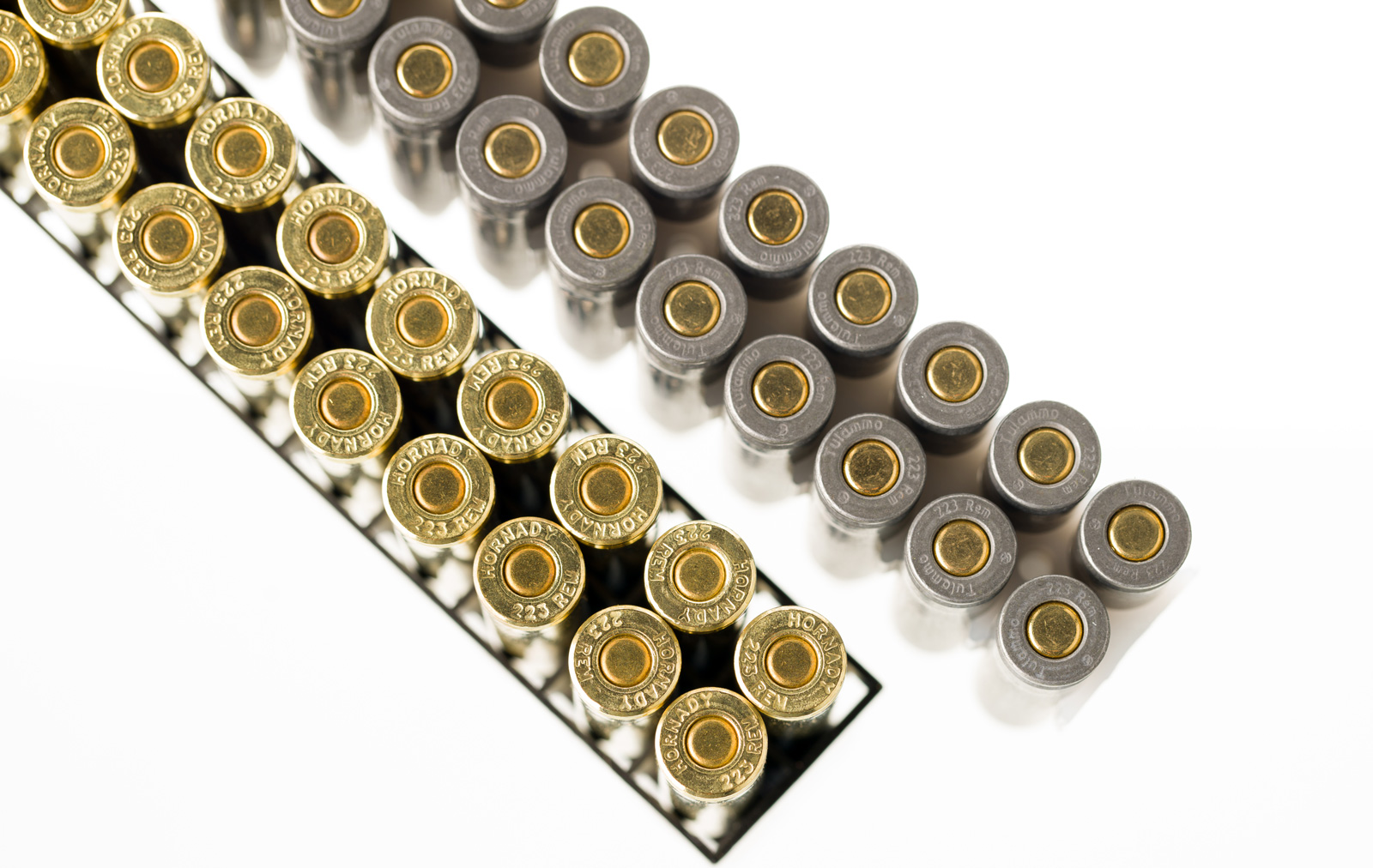Berdan vs Boxer is always a hot topic. The "Boxer primer" is nothing like what we us in metallic cases today....except for maybe the shotgun shell.
In 1873, cartridge cases were divided into 4 classes by Frankford Arsenal for tests by Major TJ Treadwell.
Cartridge Case Classification
Class 1 - Folded-Head, hopefully self-explanatory
Class 2 - Re-enforced folded-head, referred to as "Berdan-Primed"
Class 3 - Continuous metal or several parts (attached head), to make a solid-head, referred to as "Boxer-Primed"
Class 4 - Solid head of metal made out of one piece, often referred to as "Ferrington-Primed"...also would includes later dated cartridges like the solid-head Berdan primed cartridges.
So basically today all we have is Class 4 "Solid-Head" cases...i.e. Berdan and Winchester, not Boxer.
Somehow over the years, the Solid-Head Berdan primed cartridge cases are called Berdan Primed, and the two-piece case-head Boxer primed cases seem to overthrow the already established "Ferrington primed solid-head cases......or even the solid-head Hotchkiss cases....or the 1874 primer patent Winchester primer, which is basically what we use today.
"Boxer" never used a horizontal anvil primer of which is what we all use today.
Here is a Class 3 case-head and literally a Boxer Primer (vertical anvil)






